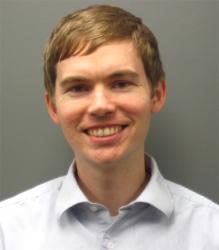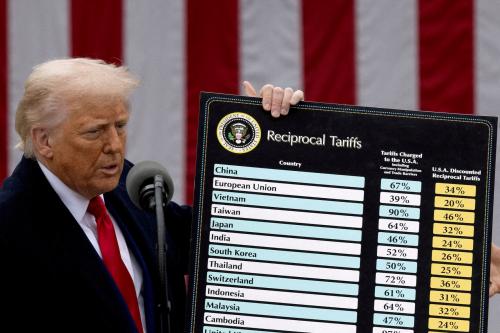Our nation’s labor force participation rate, or the fraction of adults who are either employed or are searching for work, has fallen steadily since 1999. This is a trend that many economists find troubling, as the labor force participation rate is an indicator of household living standards and economic vitality. In 2016, over one-third (37.2 percent) of adults in the United States—including nearly one-fifth (18.7 percent) of prime working age adults (between 25 and 54 years old)—were not in the workforce. The large number of adults who are not in the labor force is a puzzle that cannot be fully accounted for by factors like baby boomers aging out of the workforce, women engaged in caregiving, or recent college graduates delaying the responsibilities of adulthood.
On August 4, The Hamilton Project released “The Closing of the Jobs Gap: A Decade of Recession and Recovery.” That economic analysis explored the uneven employment recovery from the Great Recession that began in late 2007. It is complemented by the current report, which provides a detailed snapshot of those who remain out of the labor force today.
In this analysis, we explore the following questions about the approximately 24 million men and women of prime working age who were not in the labor force in 2016:
- What are the reasons nonparticipants give for not working or seeking work?
- With whom are nonparticipants living?
- How are nonparticipants making ends meet?
The key findings are:
- Women with a high school education or less are overwhelmingly the largest group of Americans out of the labor force.
- After excluding caregivers (approximately 40 percent of nonparticipants), men and women report the same reasons—and at similar rates—for not participating in the labor force. Almost 30 percent of nonparticipants report being ill or disabled, while 8 percent are students, and 5 percent are early retirees.
- Male and female labor force nonparticipants have very different living arrangements:
- The most common living arrangement for female nonparticipants is living with a spouse or partner.
- The most common living arrangement for male nonparticipants is living with a parent.
- Almost three-quarters of nonparticipants live in a household with earned income and only 11 percent report income from the safety net while receiving no earnings. More than 1.3 million Americans out of the labor force report having no income at all—this includes a lack of both earned (through wages) or unearned (such as retirement or safety net program) income.
- 45 percent of households (3.3 million) with a male prime-age nonparticipant and 28 percent of households (4.6 million) with a female prime-age nonparticipant are in the bottom quintile of income.
The Brookings Institution is committed to quality, independence, and impact.
We are supported by a diverse array of funders. In line with our values and policies, each Brookings publication represents the sole views of its author(s).






